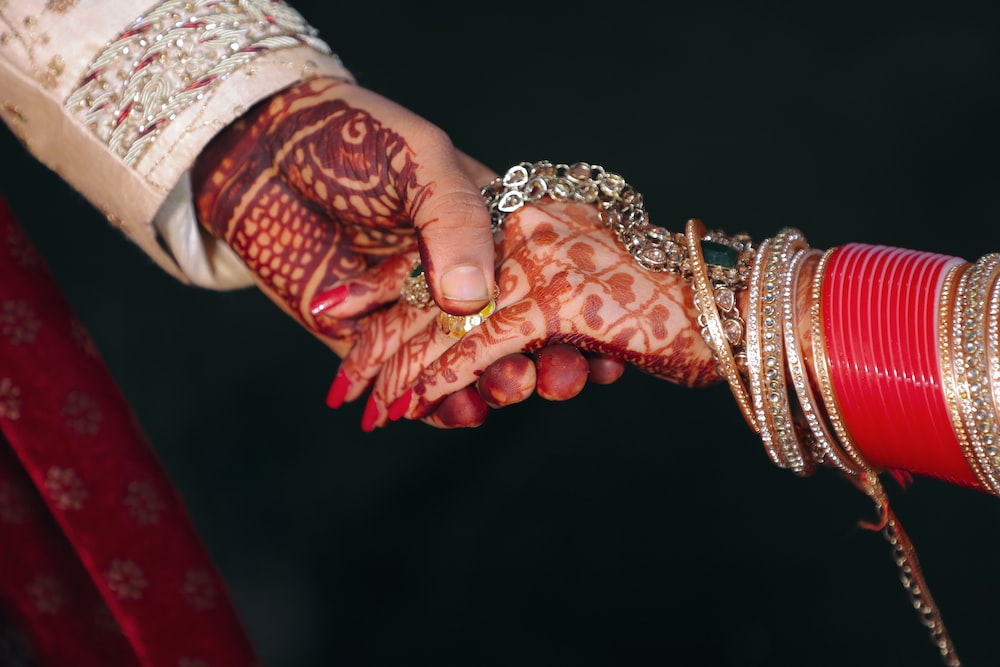Body language is a method of communication when information is expressed or conveyed via bodily behaviours rather than words. Face expressions, body posture, gestures, eye movement, touch, and use of space are examples of this type of behaviour. Animals and people both have body language; this article concentrates on how to decipher human body language, also known as kinesics.
Although body language is a crucial component of communication, much of it occurs subconsciously.

It’s important not to mix up body language and sign language. The essential characteristics that are thought to exist in all (real) languages can be seen in sign languages, which are also able to demonstrate their own complicated grammar systems.
There are socially accepted explanations for specific behaviours. Interpretations may differ from one nation or culture to another. (Additionally, whether body language is universal is a subject of debate.) In social interactions, body language, a subset of nonverbal communication, supports verbal communication. In fact, according to some academics, the bulk of information shared during interpersonal interactions occurs nonverbally. Though it can be unclear, it aids in establishing a relationship between two individuals and controls interaction.

Why Does Body Language Matter So Much?
What if I told you there was a way to achieve virtually any goal you had? items like…
understanding someone’s thoughts covertly
receiving a promotion without doing extra effort, ensuring that your date will never forget you, and desiring more
People that are adept at reading body language frequently achieve professional success, have wonderful interpersonal relationships, and enjoy “freebies” in life.
But don’t worry if you struggle with body language!
Facial expressions:
Body language and the display of emotion both include facial expression. A person’s mood and state of mind can be accurately inferred from a number of indications, including the movement of their eyes, eyebrows, lips, nose, and cheeks. It should also always be taken into account in relation to the context in which it is occurring and the person’s likely objective.
Happiness: a cheerful person usually smiles and is more likely to gaze up. In general, their body language and facial expression exude more enthusiasm.
Sadness: It is indicated by the absence of a grin and an evident reluctance to do so. Additionally, melancholy people are more prone to exhibit gloomy expressions on their faces. Particularly when compared to someone who is pleased, their facial body language will appear de-energised.
Focused: When someone is focused, their eyebrows are lowered and more centrally positioned. This is referred to as having “knitted brows” in everyday speech. Additionally, their eyes appear more focused, and overall, they will appear more determined to complete whatever activity they are working on. Positive emotions are typically linked to being more center-focused and composed overall. When someone is concentrated, it means they have given a certain point or area of their visual appreciation top priority. Increased mental function coexists with this process. As a result, it is sometimes described as appearing mentally concentrated, however this statement can also be applied more broadly to describe a state of mental resolve.
Unfocused: A facial expression with an unfocused facial expression frequently has elevated eyebrows and unfocused eyes. Unfocused people will appear less enthused about any task they are working on. Looking unfocused is frequently related to feelings of depression, boredom, and anxiety.
Confident: Confident facial body language has a more concentrated, centred, and energetic appearance. Also far more likely to be looking up and willing to initiate eye contact is a person who exudes confidence.
Fear: A person who is terrified presents a generally stressed-out and lethargic facial body language. Their mouth may hang slightly open, their brow may look tense, and their eyebrows may frequently be elevated. Similar to when someone is sad, someone who is fearful is more likely to have their eyes lowered downward. A person will naturally pull their head back and stare at the threat if they become abruptly terrified or alarmed. This is an exception to the rule. Instinctively, the head is moved out of harm’s way while simultaneously locating the threat’s visual source.










